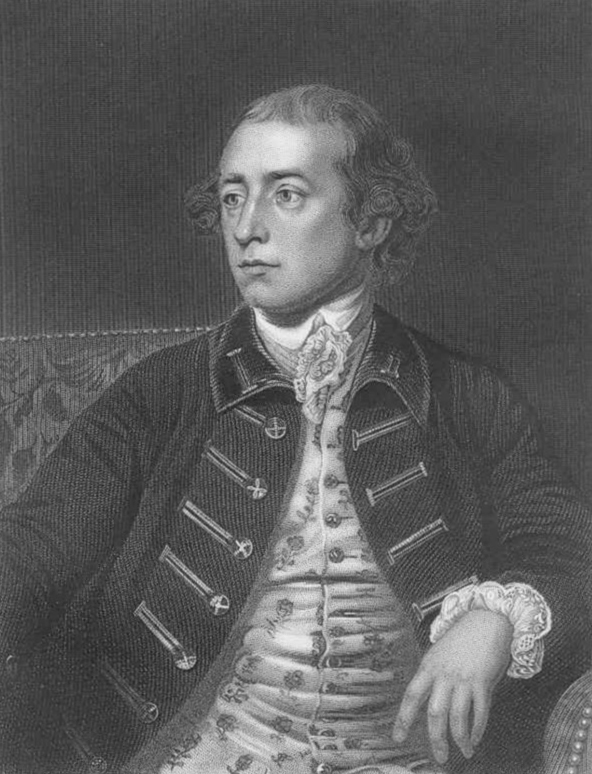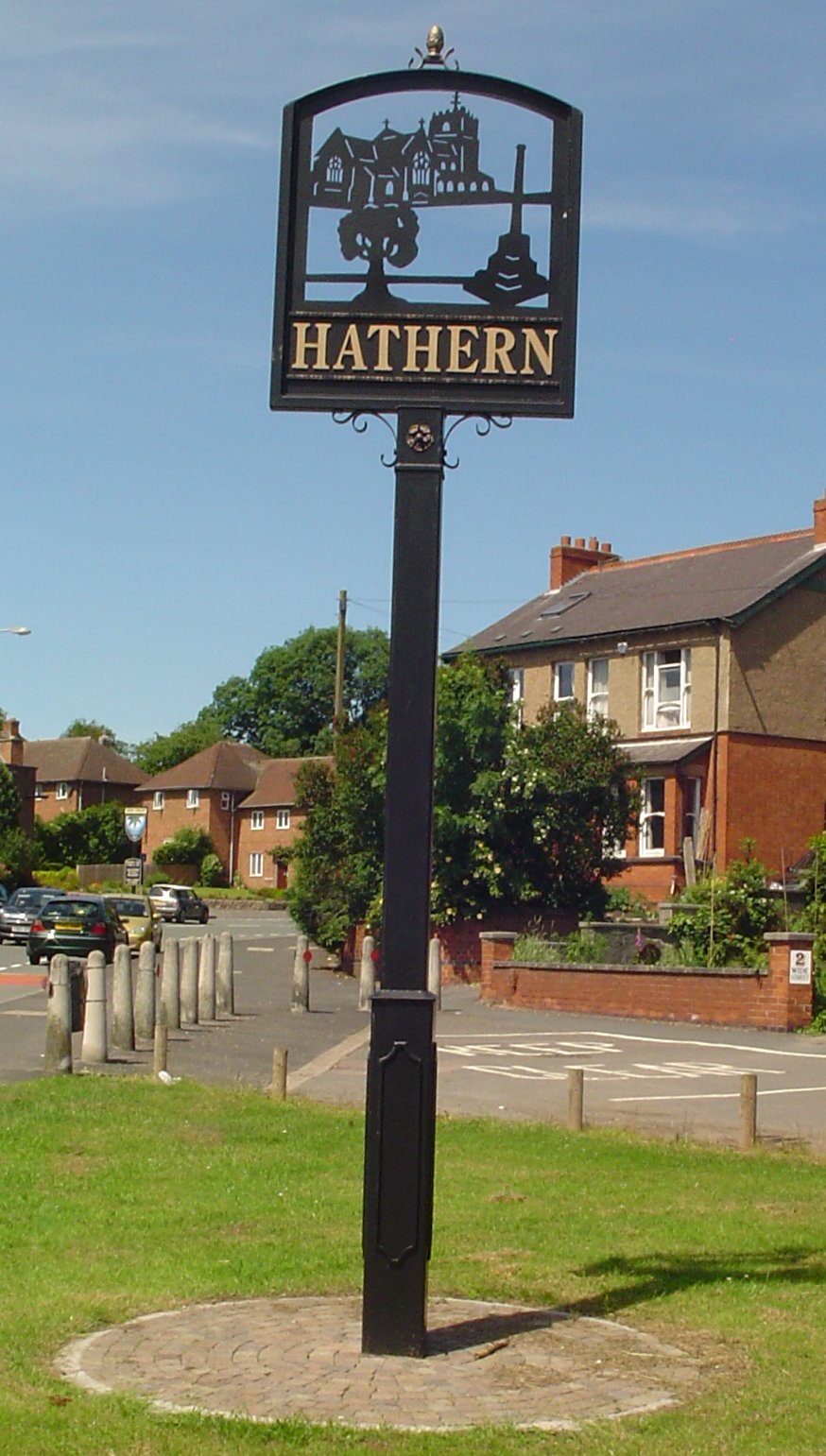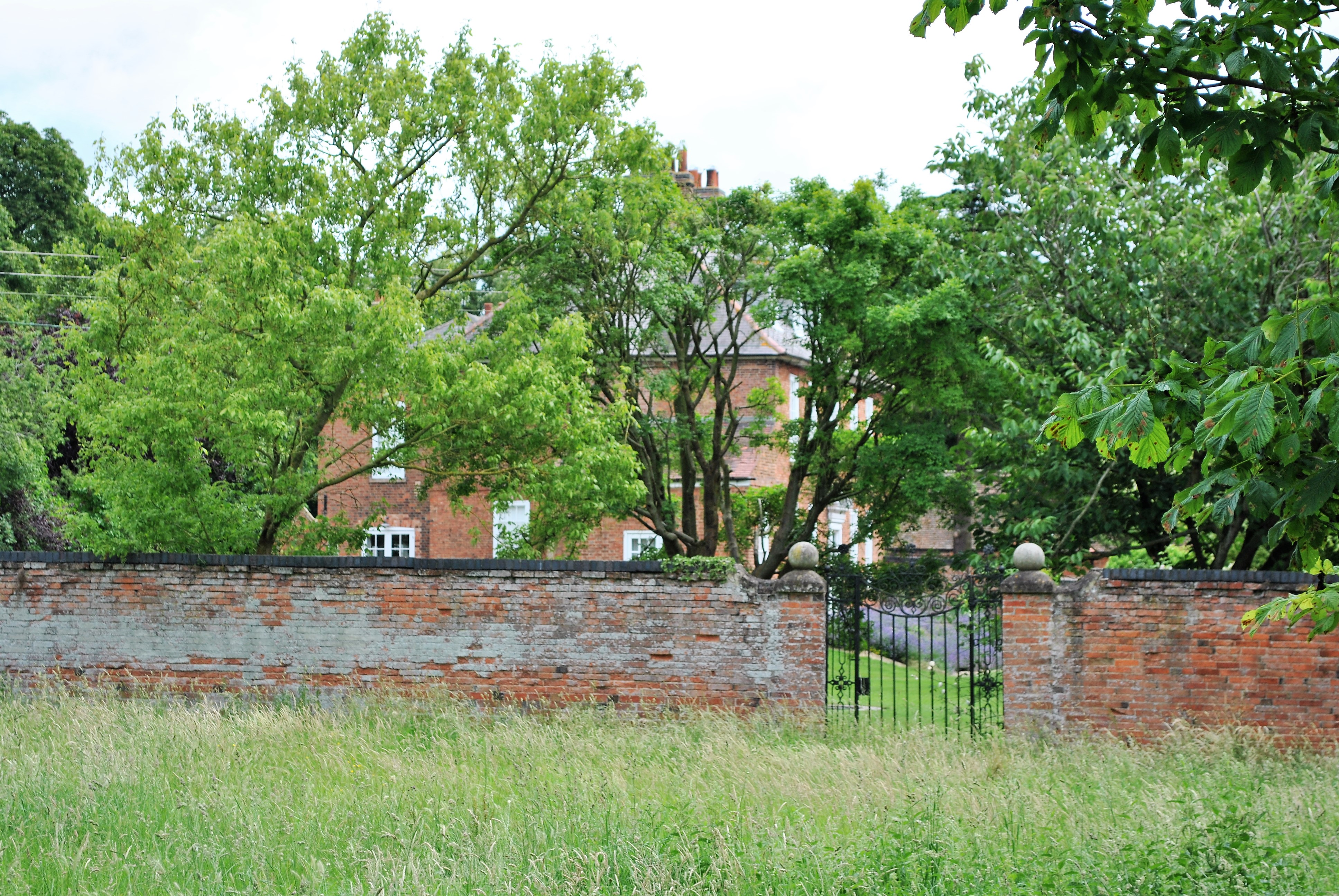|
William Birch (settler)
William John Birch (February 1842 – 12 May 1920) was an English settler in New Zealand. He leased with his brother a large area in inland Patea, central North Island, for a sheep run. Early life Birch was born in February 1842 in Oxfordshire, England. He was the second son of William John Birch of Pudlicote House, Oxfordshire, England. His father had inherited wealth, but lost much of it in poorly-performing investments. After schooling in England and Germany, Birch took a two-year course at the Royal Agricultural College in Cirencester. He came to New Zealand on the ''Wild Duck'' in February 1860. Birch initially was in Wellington. He took a position in the Hawke's Bay area, with the runholder Ashton St Hill, by the Tukituki River. He rose from cadet to manager there. Azim, William's elder brother, had joined the 44th (East Essex) Regiment of Foot, becoming an ensign in 1855. The regiment took part in the Crimean War, and in August 1857 left for India. Azim sold out his co ... [...More Info...] [...Related Items...] OR: [Wikipedia] [Google] [Baidu] |
Patea
Patea ( ) is the third-largest town in South Taranaki District, New Zealand. It is on the western bank of the Pātea River, 61 kilometres north-west of Whanganui on . Hāwera is 27 km to the north-west, and Waverley 17 km to the east. The Pātea River flows through the town from the north-east and into the South Taranaki Bight. History and culture Pre-European history Patea is the traditional final place where some Māori led by Turi aboard the '' Aotea'' settled, after it was beached at the Aotea Harbour. European settlement Patea, called Carlyle or Carlyle Beach for a time by European settlers, was originally nearer the Pātea River mouth than the present town. During the New Zealand Wars Patea was an important military settlement. General Cameron's force arrived at the river mouth on 15 January 1865 and constructed redoubts on both sides of the river.South Taranaki District Council Heritage files (Local Government Historical Body) Patea became a market town w ... [...More Info...] [...Related Items...] OR: [Wikipedia] [Google] [Baidu] |
Thomas McDonnell
Thomas McDonnell ( – 8 November 1899) was a 19th-century New Zealand public servant, military leader and writer. Biography Childhood and early life McDonnell was born to Thomas McDonnell Sr., an early British merchant and speculator who served a brief term as Additional British Resident, and his wife Anna McDonnell (née Patterson). He was born between 1831 and 1833 and raised first in Sydney, then Horeke, Northland. There he learned to speak Māori and how to use the traditional taiaha weapon. He tried his luck on the Victorian goldfields from 1853 to 1855, then returned to New Zealand where he obtained a post in the Native Land Purchase Department under Alfred Domett in Auckland. After being paid eight months late, McDonnell resigned from that job and went sheepfarming in the Hawkes Bay with his brother William, only to be defrauded by a third party. He returned to Auckland in 1862 and was appointed interpreter to the resident magistrate at Thames, panning for gold on ... [...More Info...] [...Related Items...] OR: [Wikipedia] [Google] [Baidu] |
Hastings, New Zealand
Hastings (; mi, Heretaunga) is an inland city of New Zealand and is one of the two major urban areas in Hawke's Bay, on the east coast of the North Island. The population of Hastings (including Flaxmere) is (as of with a further people in Havelock North and in Clive. Hastings is about 18 kilometres inland of the coastal city of Napier. These two neighbouring cities are often called "The Bay Cities" or "The Twin Cities". The city is the administrative centre of the Hastings District. Since the merger of the surrounding and satellite settlements, Hastings has grown to become one of the largest urban areas in Hawke's Bay. Hastings District is a food production region. The fertile Heretaunga Plains surrounding the city produce stone fruits, pome fruit, kiwifruit and vegetables, and the area is one of New Zealand's major red wine producers. Associated business include food processing, agricultural services, rural finance and freight. Hastings is the major service centre f ... [...More Info...] [...Related Items...] OR: [Wikipedia] [Google] [Baidu] |
Hathern
Hathern is a village and civil parish in the Charnwood district of Leicestershire, England. The village itself is located in the north of the district, and is just north of Loughborough. It is served by the A6. The parish has a population of about 1,800. Nearby places are Dishley, Long Whatton, and Zouch, over the border in Nottinghamshire. Residents of the village have, in recent years, campaigned to prevent the green "wedge" separating Loughborough, Shepshed and Hathern from being built on. The village is home to the Swift Sock Factory, one of only a small number of independent sock manufacturers left in the UK. Notable residents John Heathcoat (1783–1861), inventor and industrialist, operated a textile mill in Hathern (where, in 1808–9, he invented the bobbin net machine, for weaving a lace-like hexagonal net), before moving his business first to Loughborough, and later to Tiverton, Devon. History A settlement probably existed here in the Saxon period but the ... [...More Info...] [...Related Items...] OR: [Wikipedia] [Google] [Baidu] |
Marton, New Zealand
Marton ( mi, Tutaenui) is a town in the Rangitikei District, Rangitikei district of the Manawatū-Whanganui region of New Zealand's North Island. It is situated 35 kilometres southeast of Whanganui and 40 kilometres northwest of Palmerston North. Ngāti Apa are tangata whenua for the Marton area. The town of Marton is the largest in the Rangitikei district, and began life as a private township in 1866, when shop and housing sections were sold at auction by local landowners. The town had residents as of Marton has always been a service town for the fertile farming region of the Manawatu Plains. Butter, wool, and flour have been among its agricultural products. The arrival of the railway in 1878 led to rapid growth in the area, which soon added industries such as engineering, sawmilling, and textile production to its economy. History For three years the small village was known as Tutaenui, named after the stream running through its centre. In 1869 local citizens changed the na ... [...More Info...] [...Related Items...] OR: [Wikipedia] [Google] [Baidu] |
Samuel Butler (novelist)
Samuel Butler (4 December 1835 – 18 June 1902) was an English novelist and critic, best known for the satirical utopian novel ''Erewhon'' (1872) and the semi-autobiographical novel ''Ernest Pontifex or The Way of All Flesh'', published posthumously in 1903 in an altered version titled ''The Way of All Flesh'', and published in 1964 as he wrote it. Both novels have remained in print since their initial publication. In other studies he examined Christian orthodoxy, evolutionary thought, and Italian art, and made prose translations of the ''Iliad'' and ''Odyssey'' that are still consulted. Early life Butler was born on 4 December 1835 at the rectory in the village of Langar, Nottinghamshire. His father was Rev. Thomas Butler, son of Dr. Samuel Butler, then headmaster of Shrewsbury School and later Bishop of Lichfield. Dr. Butler was the son of a tradesman and descended from a line of yeomen, but his scholarly aptitude being recognised at a young age, he had been sent to Rugby ... [...More Info...] [...Related Items...] OR: [Wikipedia] [Google] [Baidu] |
Thomas Lowry (racehorse Breeder)
Thomas Henry Lowry (born 25 July 1865, Hastings, New Zealand, died 23 September 1944, Okawa, Hastings) was a New Zealand farmer, cricketer and racehorse breeder. Educated at Christ's College, Christchurch and at Jesus College, Cambridge, Jesus College, Cambridge University, Lowry inherited the family property, Okawa, of 20,000 acres, in the Hawke's Bay region of the North Island when his father died in 1880. He married Helen ("Marsie") Watt, daughter of the New Zealand shipping magnate James Watt, in 1897. One of Marsie's sisters married Robert Baden-Powell, 1st Baron Baden-Powell, Robert Baden-Powell's brother Francis; another married the British explorer Ewart Grogan. Lowry played one first-class cricket match, captaining Hawke's Bay cricket team, Hawke's Bay to victory over Taranaki cricket team, Taranaki in 1892. He constructed a cricket ground, "The Grove", on his property, which is still in use. He helped the Hawke's Bay Cricket Association bring out leading English professio ... [...More Info...] [...Related Items...] OR: [Wikipedia] [Google] [Baidu] |
Moawhango
Moawhango is a rural community in the northern part of Rangitikei District of the Manawatū-Whanganui region of New Zealand's North Island. It is situated 19 km north of Taihape and 91 km northeast of Marton. Nearby Moawhango are located Moawhango River and Lake Moawhango. History and culture Moawhango is bastion of cultural engagement within the iwi boundary of Ngāti Whitikaupekaa. Originally known to local Māori as Te Riu o Puanga, during European settlement the valley became known as Moawhango. There are two marae within the valley, Te Riu o Puanga marae which holds the whare rūnanga (ancestral meeting house) Oruamatua; and Moawhango marae where the whare puni (ancestral sleeping house) of Whitikaupeka stands. Ngāti Whitikaupeka occupy the northern boundary for the Mōkai Pātea confederation of iwi, which includes Ngāi Te Ohuake extending eastward to the summit of the Ruahine range, Ngāti Tamakōpiri to the west, and Ngāti Hauiti to the south. Through intric ... [...More Info...] [...Related Items...] OR: [Wikipedia] [Google] [Baidu] |
James Carroll (New Zealand Politician)
Sir James Carroll (Māori: Timi Kara; 20 August 1857 – 18 October 1926), was a New Zealand politician of Irish and Ngāti Kahungunu descent. Beginning his career as an interpreter and land agent, Carroll was elected to the Eastern Maori seat in 1887. He was acting Colonial Secretary (equivalent to the Minister of Internal Affairs) from 1897 to 1899. He was the first Māori to hold the cabinet position of Minister of Native Affairs, which he held between 1899 and 1912. He was held in high regard within the Liberal Party and was acting prime minister in 1909 and 1911. Early life James Carroll was born at Wairoa, one of eight children of Joseph Carroll, born in Sydney of Irish descent, and Tapuke, a Māori woman of the Ngāti Kahungunu tribe (or ''iwi'' in the Maori language). He was educated both at whare wananga (traditional Māori college) and the Wairoa native school but left early to be a farm worker. In 1870, while no more than thirteen, he was part of the Māori force p ... [...More Info...] [...Related Items...] OR: [Wikipedia] [Google] [Baidu] |
Rēnata Kawepō
Rēnata Tama-ki-Hikurangi Kawepō (? – 14 April 1888) was a New Zealand Māori leader and missionary. Of Māori people, Māori descent, he identified with the Ngāi Te Ūpokoiri and Ngāti Kahungunu iwi. He was born in Taumata-o-he Pa, west of what would become Hastings, New Zealand, Hastings, in Hawke's Bay region, Hawke's Bay, New Zealand. As a young man in 1827, he was among the Ngāi Te Ūpokoiri forces besieged at the island fortress on Lake Rotoatara (near Te Aute College, Te Aute) by a force of Ngāti Te Whatuiāpiti and Ngāpuhi led by Te Pareihe. After a two month siege it became clear that the fortress was going to fall and he proposed that some of the defenders hand themselves over as hostages to secure safe passage for the rest. When no one else volunteered, he went by himself, saying ''kia kawe au ki te pō'' ("let me deliver myself up to the night!"), from which he took the name Kawepō. As a prisoner, he was taken first to Manawatū Plains, Manawatu and late ... [...More Info...] [...Related Items...] OR: [Wikipedia] [Google] [Baidu] |







_2.jpg)